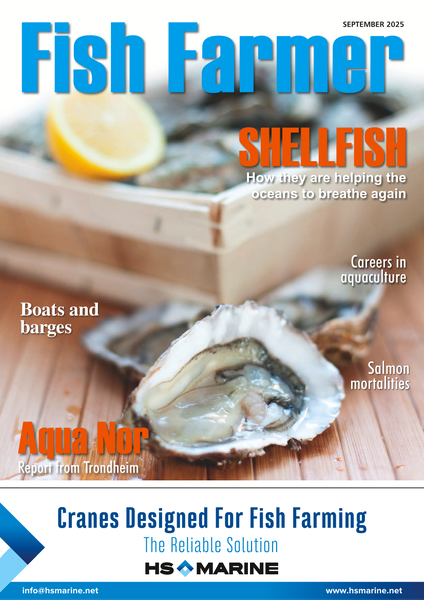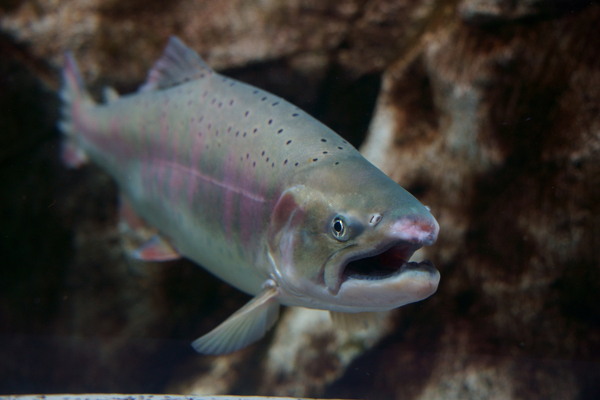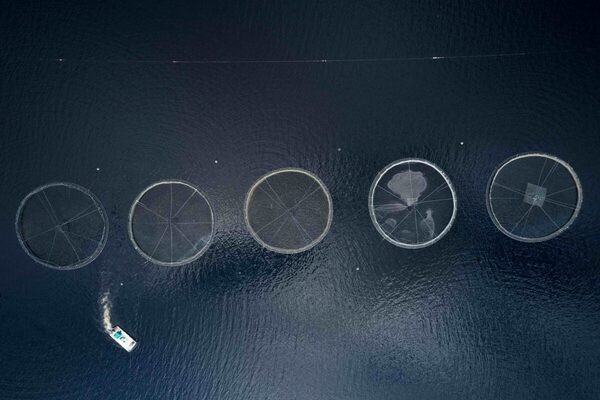Sound argument: seismic testing and salmon
It may be a surprise to some, but I am a qualified Marine Mammal Observer. Some time ago, I attended a JNCC (Joint Nature Conservation Committee)-approved training course, and this allows me to undertake work monitoring the presence of marine mammals during activities such as geophysical surveys and offshore construction projects.
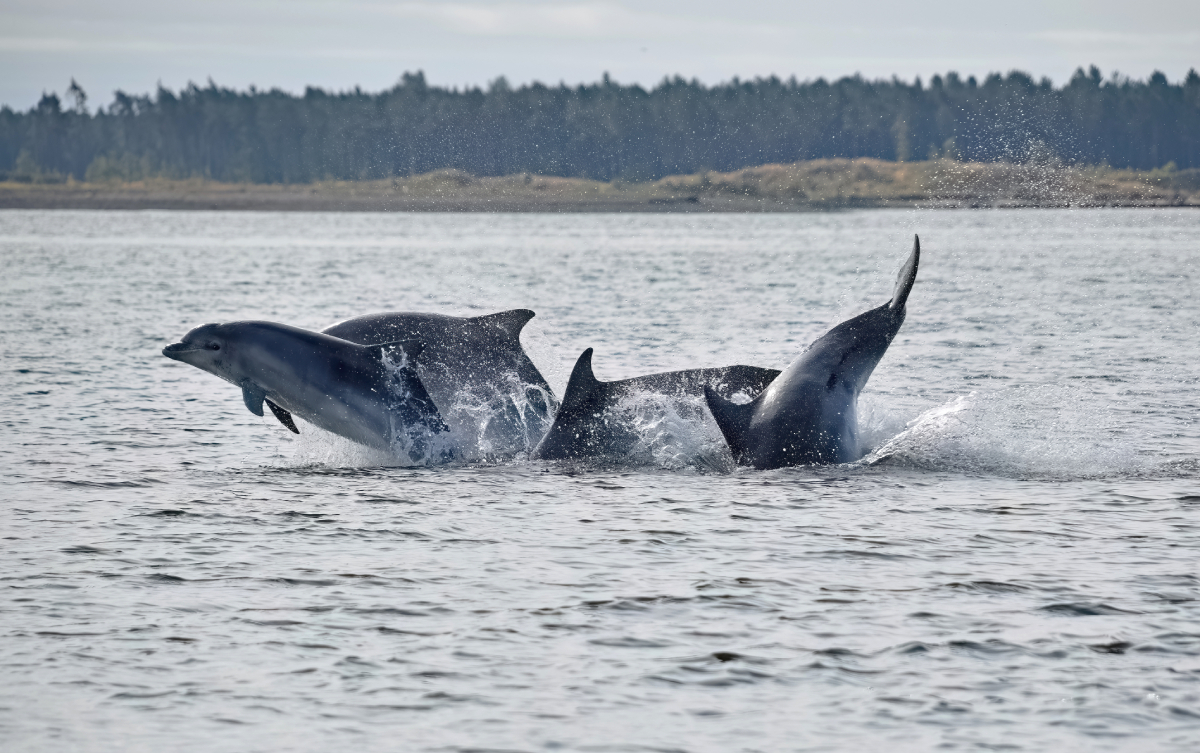
The role is to provide advice to ensure that operations comply with the relevant guidelines to reduce the risk of injury or disturbance to marine mammals.
I never intended to take on this role, but I attended the course because it was one of the few sources of information to help understand the process of seismic surveys and their interaction with marine life.
Marine seismic surveys are said to be a safe mapping technique for gathering information about the location and properties of oil and gas that may be present deep below the seabed during the exploration and production phases of the oil and gas industry.
During the survey, sound waves are emitted from a sound source towed behind a survey vessel. This source is usually a seismic gun which releases high pressure compressed air into the water to produce very loud sound waves. Some of the sound waves penetrate deep into the seabed whilst others are reflected back to the surface, where they are recorded and analysed.
It is the role of a Marine Mammal Observer to watch out for the presence of marine mammals within the survey area. The MMO can then order a pause to the survey until the marine mammals have left. This is because seismic guns have the potential to cause injury, hearing loss, behavioural changes and masking in fish and marine mammals.
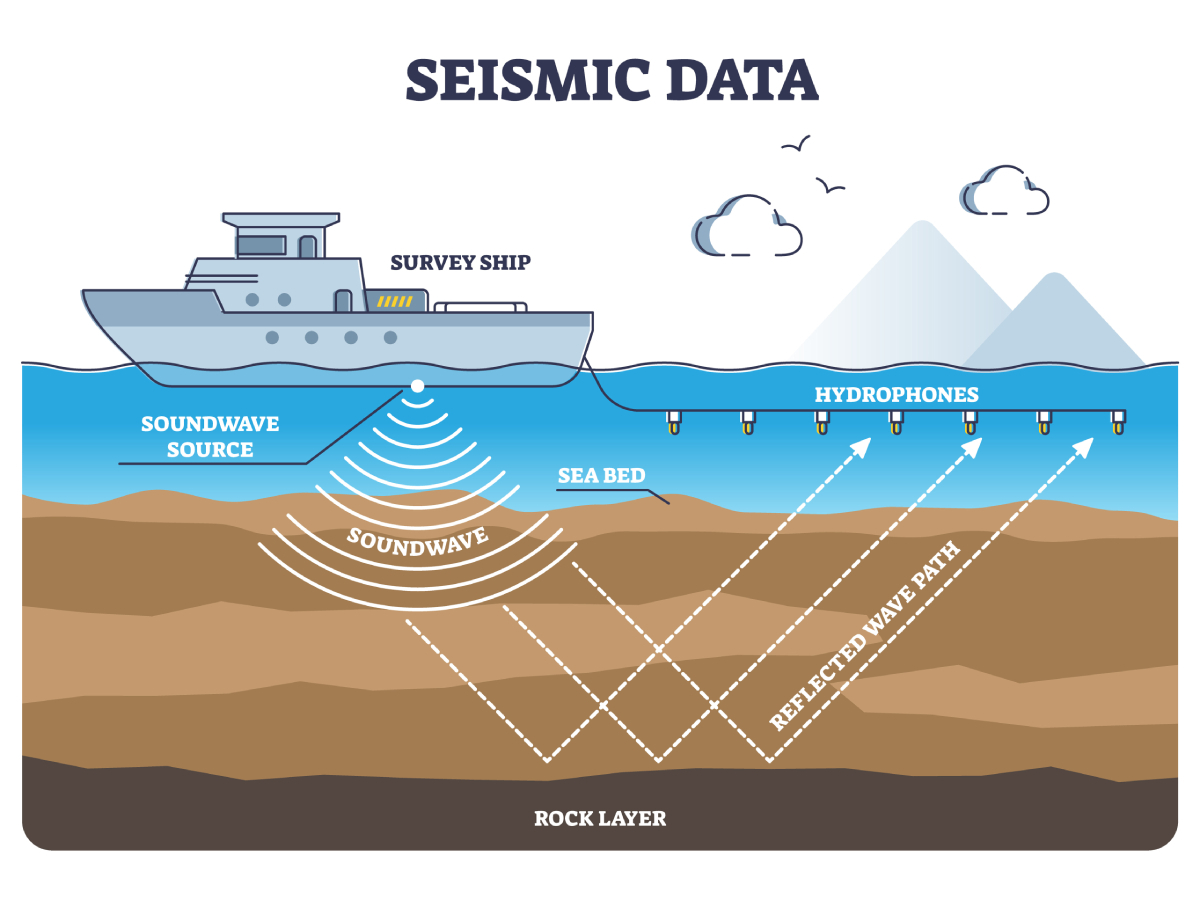
Salmon and sound waves
It is such concerns about the potential damage from seismic guns to fish that sparked my interest in this aspect of the oil and gas industry and specifically, whether there is any impact from such survey work on migrating wild salmon.
The International Council for the Exploration of the Sea (ICES) has tracked a decline in the numbers of wild salmon returning to Scottish rivers since 1970, which is about when the oil and gas industry began to boom in the North and Norwegian Seas. I have always wondered whether there is a connection between the two.
In addition to seismic surveys, which are almost a continuous process, the oil and gas industry also use Controlled Source Electromagnetic (CSEM) technology to locate hydrocarbons below the seabed.
The question is whether either these high-pressure sound waves or the electro-magnetic fields of CSEM technology could interfere with the way salmon returning to Scottish rivers navigate, leading them to fail to return to their home rivers.
I am prompted to write about this now because the Norwegian Institute of Marine Research (IMR) has just published a report highlighting the conflict between seismic surveying and fishermen. This latest report looks at the impact on fishing for pelagic fish such as herring. Fishermen claim that in areas where seismic activity is taking place, shoals of herring often break up with unpredictable swimming patterns. The fishermen are concerned because this behaviour makes them more difficult to catch.
Previous work with cod and haddock showed that the sound from seismic activity can affect the behaviour of fish 20 nautical miles away. There is research that shows the seismic surveys can affect fish either in terms of hearing damage, spawning and even the way they eat, although the work is not extensive.
Some of the research has taken place in Scotland and specifically in Loch Ewe, although this was over 20 years ago. The research did not find any significant responses by marine fish to seismic gun activity but whether a fixed gun array in Loch Ewe can be compared with a working example is unclear.
The fact that such activities are reported to affect fish in different ways does raise the question as to how the surveys might affect salmon. Unfortunately, there has been no research on the impacts on migratory fish, and particularly salmon. It may be that very little exposure to these sound waves could disrupt the ability of salmon to navigate and this could explain why fish are failing to return to their natal rivers.
What is of most interest to me is that I have previously publicised the potential link between survey work and the disappearance of wild salmon, but I have failed to stimulate any interest in such ideas from either the scientific community or the wild fish sector. Given that they are extremely keen to halt the decline of wild salmon numbers, it might be considered that they would be willing to explore any and every option but when it comes to seismic guns, there has not been even a flicker of interest.
This inaction should have been puzzling, but the reasoning is simple. There is so much hatred for the salmon farming sector that they believe that any alternative suggestions about wild salmon are simply an attempt to divert attention away from the industry. How often have I heard that only anglers really understand wild fish and that the idea that someone from outside their community, and more significantly from the aquaculture industry, has suggested possible ways to help safeguard the future of wild salmon is something that they just cannot accept.
The fact that wild salmon continue to decline is just an irrelevance. It appears they prefer to let this happen rather than consider help from the salmon farming industry, even if it could lead to the protection of wild salmon for future generations.
Why not try these links to see what our Fish Farmer AI can tell you.
(Please note this is an experimental service)
